Specification updates
ACEA HD Sequences released
22 January 2025
Please note this article was published in January 2019 and the facts and opinions expressed may no longer be valid.
22 January 2019
Revised ACEA 2016 Sequences finalised while development of appropriate tests pushes timing for future ACEA Sequences out further
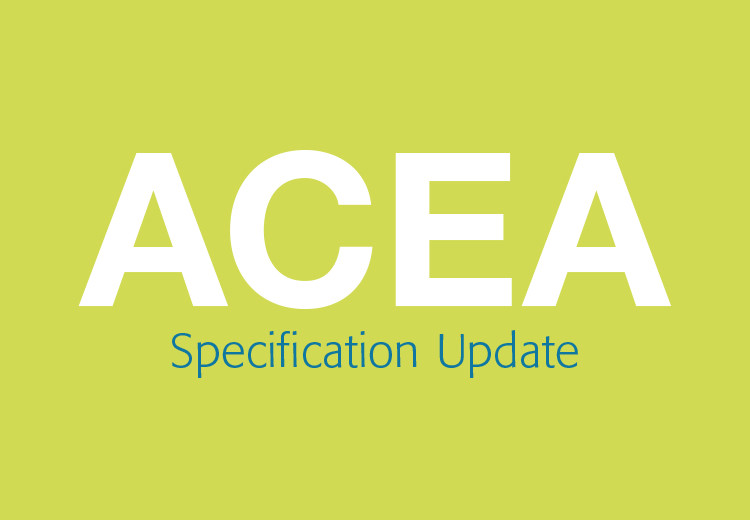
With ACEA 2012 claims no longer marketable, the ink is now dry on an updated version of the ACEA 2016 European Oil Sequences, which are required for products making ACEA claims. Test developments for the next round of revisions are still underway, which means the publication date for future ACEA Sequences is not clear.
As of December 1 2018, oils with claims to the ACEA 2012 issue are no longer marketable. Compliance with ACEA 2016 is now mandatory for making an ACEA claim. A revised version of the 2016 Sequences (ACEA 2016 Rev.2) has recently been published and further information about compliance requirements is available on the EELQMS website.
While the revisions introduced with ACEA 2016 Rev. 2 do not change the heavy-duty side, some revisions have been included that apply to the light-duty A/B and C categories.
First, the Daimler M271 Sludge Reference Oil has changed from RL140 to RL261, and ACEA 2016 claims may now be demonstrated using either reference oil, using the limits applicable to each.
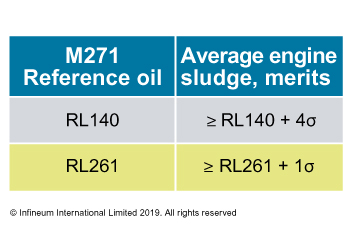
The second amendment was made to the Sequence VH applicability and says that the test may be used in place of the Sequence VG Low Temperature Sludge test, which has run out of hardware.

The Sequence VH limits are as defined for API SN, and ACEA says it will continuously review the situation to ensure that the limits are appropriate for European vehicles and lubricants.
The ACEA Sequences are updated regularly to ensure they continue to meet the needs of the latest engine hardware and to replace tests as hardware becomes unavailable.
Initially ACEA had intended to publish the ACEA European Oil Sequences 2018 by the end of last year. However, balancing the need for a new release against the development timelines of new and replacement tests, ACEA decided back in December ‘18 not to pursue an ACEA 2018 release and now targets a new release date more aligned with test development timelines. While the exact timing remains unclear, the projected test development timelines would suggest a release by end of 2019 at the earliest. This applies to both the Heavy-duty and Light-duty Sequences.
In April 2018 Insight reported on the proposed structural changes to the E categories in the ACEA Heavy-duty Sequences, resulting from the inclusion of the Volvo T13 oil oxidation test and the Caterpillar C13 oil aeration test (COAT) – read the article. The structural changes are summarised below.
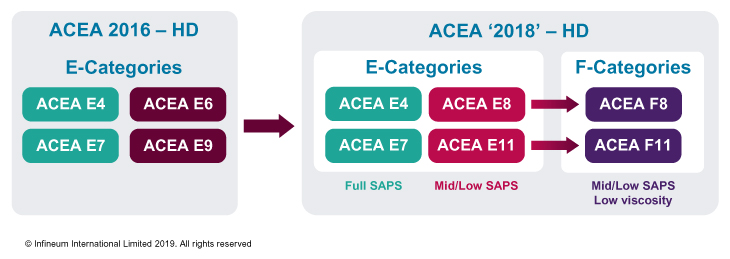
The need to ensure wear protection in the new low viscosity F categories, with HTHS from 2.9 to 3.2 mPa.s, has been identified by a CEC Special Project Group. As a result, two new tests are under development, which look at wear for low viscosity oils in a low soot environment: the CEC TDG-L-115 Bearing wear and CEC TDG-L-116 Ring-liner wear tests.
The OM501LA is expected to run out of hardware towards the end of 2019, which means a replacement test is required to ensure piston cleanliness across all Sequences. ACEA has been working to find a replacement and a new test has now been offered. However, it will take time for this test to be finalised through CEC.
Additionally, amendments have been made to limits for some bench tests for the new categories.
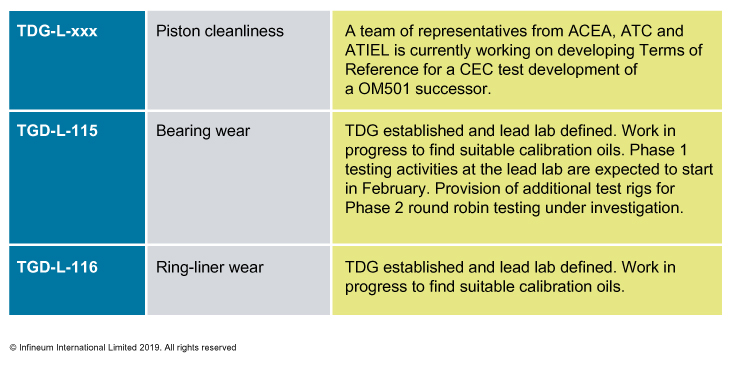
In the Light-duty Sequences a number of new and replacement tests are being developed, which will drive new category developments. These tests comprise new test developments within the CEC process and the proposed adoption of ASTM tests, some of which are under development for ILSAC GF-6. How to manage complexity while keeping pace with advancements in hardware and market developments is still under discussion. There is still test development work to be completed before the new Sequences can be released.
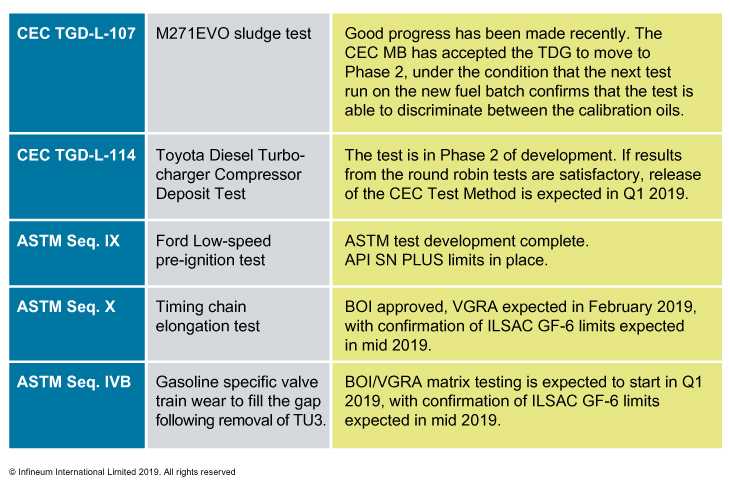
Once the test procedures have been finalised and they have demonstrated suitable levels of repeatability and discrimination, appropriate limits need to be set. When the limit setting for the ASTM tests is confirmed for ILSAC GF-6, it is anticipated that further discussion will be needed on relevant limits for European applications.
The categories within the Sequences will continue to reflect the different performance requirements of vehicles with various hardware arrangements. The concept of combined categories, intended for use in both gasoline and light-duty diesel engines, is expected to continue: the A/B class describes high sulphated ash, phosphorus and sulphur (SAPS) lubricants and the C class is for engines requiring ‘low SAPS’ lubricants, intended for compatibility with aftertreatment systems such as particulate filters and catalytic convertors, while maintaining the vehicle’s fuel economy. To meet the drive for improved fuel economy performance, a new ‘G’ class, applicable to gasoline engines only, may also be introduced.
Infineum fully supports the evolution of the ACEA sequences since they underpin lubricant technical developments and define common lubricant requirements that set the base for trouble-free field operation. The resulting products offer baseline protection for the majority of the European vehicle fleet and deliver a level of performance on which marketers, OEMs and consumers can rely.
Being actively involved with the CEC test developments, Infineum is keen to ensure that the tests adopted for future ACEA Sequences address real-world issues and are relevant to true performance. It is also important to ensure sufficient time is left between test development completion and the specification release date. This will allow stakeholders to fully understand the tests and to optimise lubricant technology around the new tests and test conditions for a smooth and timely transition.
Sign up to receive monthly updates via email
